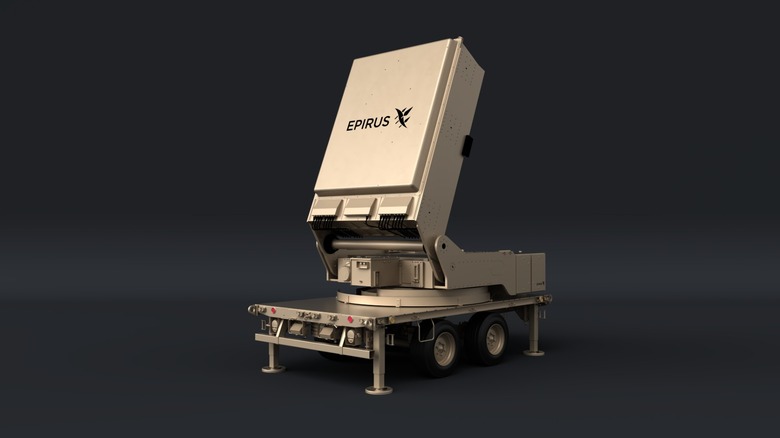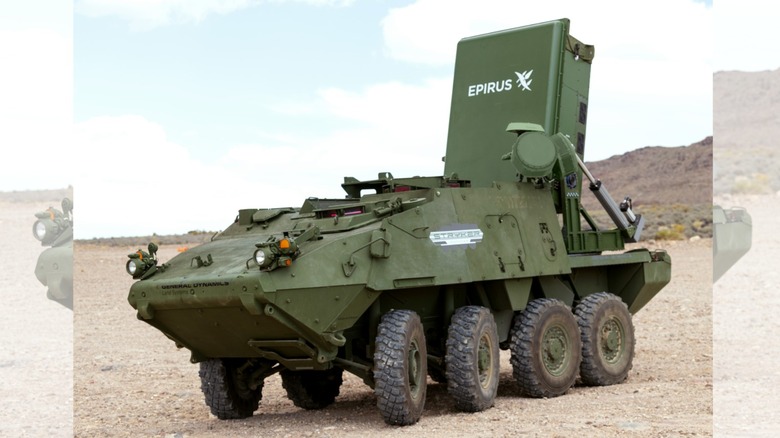This Microwave Weapon Just Wiped Out 49 Drones, Proving The Warfare Tech's Worth In Future Battles
Drones have now become a mainstay on the frontlines of the war in Ukraine, becoming one of the high-tech tools both sides use in the conflict. And despite being relatively cheap, these uncrewed aerial vehicles (UAVs) have caused immense damage, with one daring attack damaging and destroying strategic bombers stationed thousands of kilometers within Russia's borders. Because of this, other nations observing the conflict saw the need to develop a defense against massed drone attacks.
One of the traditional ways of dealing with drones is to shoot them down with guns and missiles. In fact, some Ukrainian volunteers do this by shooting at slow-flying Russian drones with an automatic rifle while aboard a Soviet-era Yak-52 trainer aircraft. However, this is not always cost-efficient, especially if you have to use a surface-to-air missile that costs between $100,000 and over $100,000,000 per piece to intercept drones that start at $5,000 apiece. So, when you have to engage swarms with hundreds, if not thousands, of drones, not only would your air defenses probably be stretched to their limits, but you're also likely spending significantly more than your opponent.
This is where the Epirus Leonidas comes in — this ground-based high-power microwave (HPM) system can produce electromagnetic interference to counter drones. Instead of using kinetic energy or explosives to destroy individual drone units, the Leonidas can blast microwave energy into the sky, causing attacking drones to malfunction and crash. It's also quite versatile, able to take down drones coming from different directions, target and disable a specific drone in a swarm, engage drones in a specific area to avoid collateral damage on the ground, and simultaneously defeat multiple drones at different distances.
A cost-effective way to protect against drone swarms
We do not know how much it costs to acquire and operate the Leonidas, but the fact that you can reuse it multiple times makes it more cost-effective than single-use munitions. So, even if you're attacked by wave after wave of drone swarms, you don't have to worry about running out of bullets or missiles, as long as you have enough power. It also has built-in batteries, allowing it to run for as long as 30 minutes and engage targets as far away as two kilometers .
Its effectiveness was proven in its latest live-fire test, where Axios, the only media group present, saw it disable 49 quadcopter drones simultaneously. Another interesting thing to note is that Leonidas uses microwave pulses, not just radio jamming, to down UAVs. This means that even the fiber optic drones used in Ukraine that are immune to radio jammers will also be affected and stop working when hit by the microwave pulses coming from this unit.
The Leonidas is just one example of technologies that are being developed to counter threats, showing how quickly we adapt to changing battlefield conditions. Microwaves aren't exactly new, with the popular microwave kitchen appliance being first patented in 1945. But Epirus's work on the Leonidas is a groundbreaking use of this technology, enabled by software and computer engineering. With this, militaries now have a cost-effective defensive weapon to protect targets from drone attacks.

